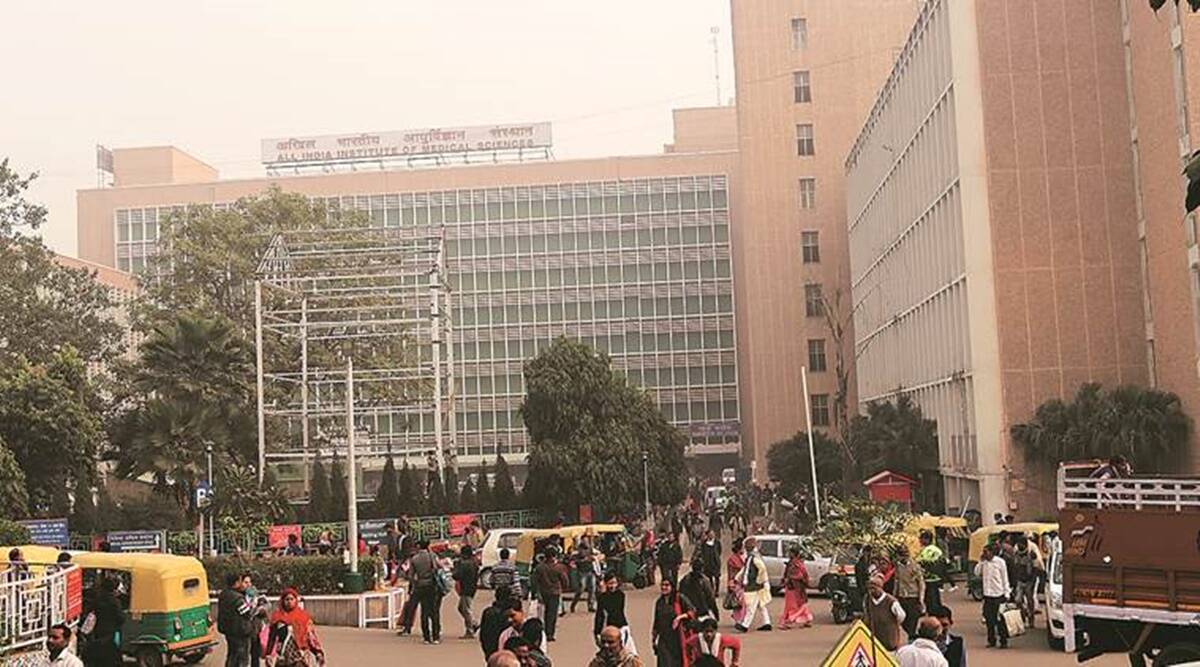 Patients with prior appointments will be allowed entry into Masjid Moth Campus and New Rajkumari Amrita Kaur OPD only during their designated time slot. Archive
Patients with prior appointments will be allowed entry into Masjid Moth Campus and New Rajkumari Amrita Kaur OPD only during their designated time slot. ArchiveTo streamline patient inflow at the heavily overburdened Rajkumari Amrit Kaur’s (RAK) outpatient department at AIIMS, newly appointed Director M Srinivas has introduced a slew of changes for patients, including the abolition of user charges up to Rs 300, and fees collection of Rs 10 for new OPD card, which will come into effect from November 1.
According to the order issued on September 30, all prior new RAK OPD and surgical block OPD appointments will be made slot-wise to stagger the inflow of patients.
From November 1, patients with prior appointments will be allowed entry into Masjid Moth Campus and New RAK OPD only during their designated time slot.
“Such patients who arrive early shall be requested to wait in the allotted waiting area near the OPD under the solar farm hangers. The direction is not applicable for pregnant women and disabled patients who shall be allowed entry without any restrictions,” said the order issued by Dr M Srinivas.
Patients with no prior appointments will have to wait in the designated area and will be provided a slot-wise token number for their respective departments. “A slot identification wristband shall also be provided to these patients to facilitate ease of ushering them in and out of the waiting area,” the order added.
It said the patients who cannot get the tokens for the same day of consultation will be directed to take an appointment from the kiosks installed in the waiting area and come back.
Dr Srinivas also instructed the security department to remove inoperative vehicles parked on the campus in the next 10 days. The computer facility department has been asked to coordinate with National Informatics Centre to ensure that all appointments from October 1 are given in slots.
Moreover, the officials have also been asked to explore and provide solutions to make patient check-in paperless and without human intervention.
The transport department of the institute has been asked to ensure regular availability of battery-operated buses for the transportation of patients between patient waiting areas and the new OPD.